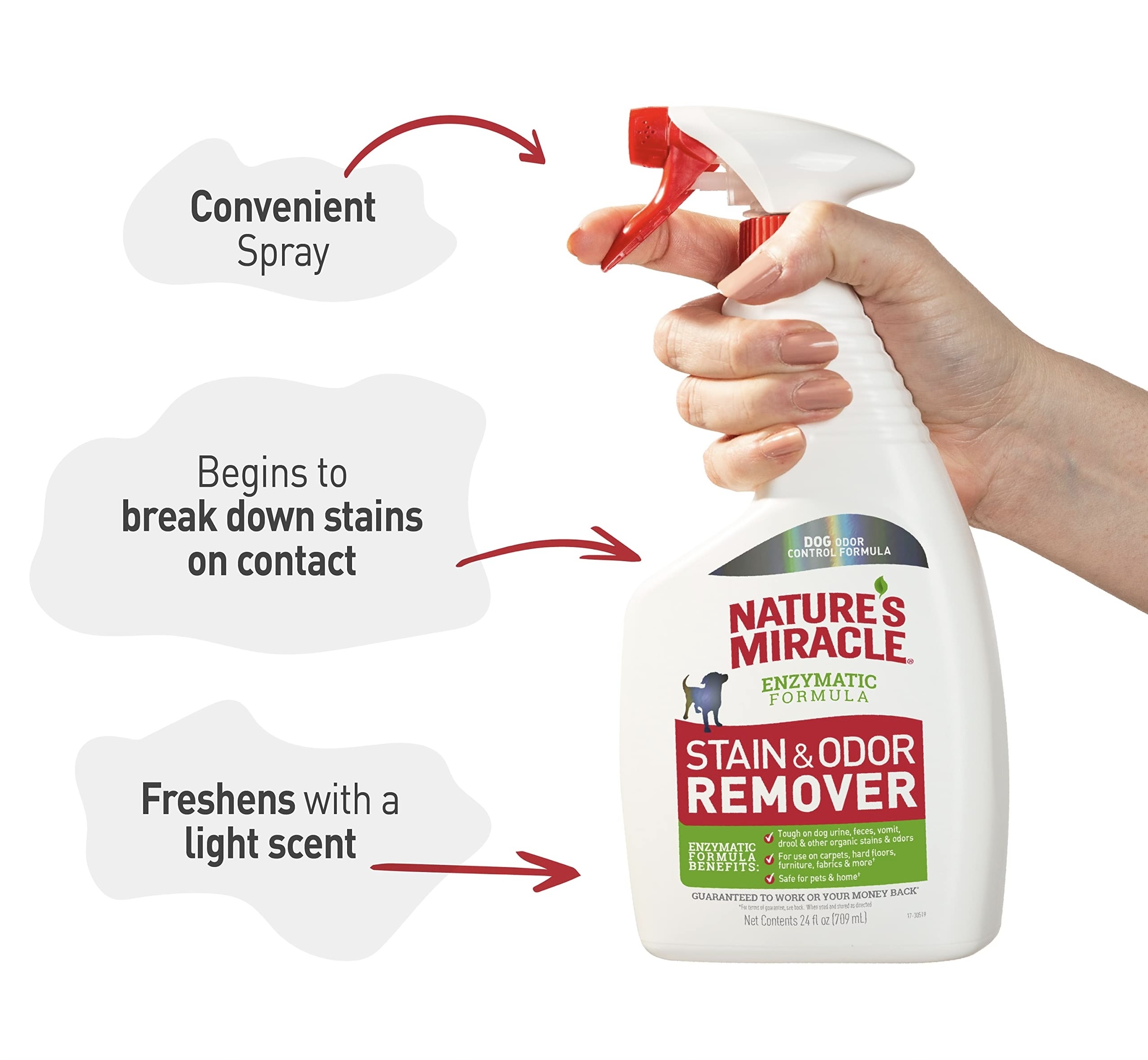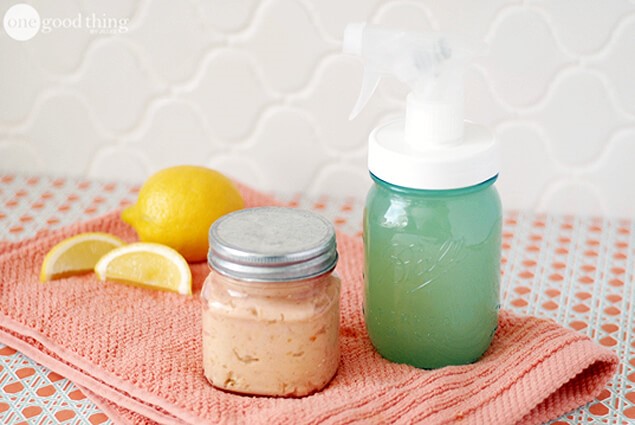Using Enzymes to Clean is Like Harnessing the Power of Nature!
Is it OK if we depart from the norm today and talk about a non-food recipe? I’m referring to a recipe for an enzyme kitchen cleaner that we can make ourselves. This idea caught my attention because I’ve spent a lot of money over the years for enzyme cleaners; so the idea of making our own is exciting.

There’s a lot of science-based research available regarding cleaning with enzymes. As a matter of fact, plumbers will often give a bottle of enzyme cleaner to a homeowner after he’s cleaned out their clogged drain. “Going forward, pour a little of this down your drain on a regular basis to keep it unclogged!” is what they’ll tell their customer.
Enzyme cleaners have been shown to be a terrific idea because:
They’re natural, environmentally-friendly, and non-toxic.
They’re made from kitchen scraps!
They’re 2 cleaners in one! A liquid spray, plus a powerful baking soda scrub.
They’re effective (ask your plumber)!

Wonder how they work? Well, natural enzymes are proteins produced by living cells that break down organic materials like dirt, grease, and odors. They act as catalysts, accelerating the breakdown of complex molecules into smaller, more digestible pieces that bacteria can then consume. This process effectively removes stains, odors, and other organic messes. Simply put, using enzymes to clean is like harnessing the power of nature!
With all this said, let’s look at a simple recipe from Jillee of www.onegoodthingbyjillee.com, for creating our own enzyme cleaner. The one caveat to making your own is that it will take two weeks for the ingredients to ferment (or three months if you leave out the yeast). But considering what they cost in the store, and how effective they are, it’s worth the wait, right?
Citrus Enzyme Cleaner

300 grams (or about 2 cups) lemon/orange scraps
100 grams (or about 1/2 cupt) brown sugar
1 teaspoon yeast
1 (2-liter) bottle
1 liter water
Directions:
1. Pour brown sugar into 2-liter plastic bottle.
2. Cut lemon and orange scraps into pieces small enough to fit into the mouth of the bottle; put into bottle.
3. Add yeast.
4. Add one liter tap water to bottle.
5. Tightly screw the cap; dissolve sugar by shaking the bottle about 30 seconds.
6. When youíve finished adding and dissolving ingredients, write the date on the bottle.
7. For the next 2 weeks, give the bottle a shake once a day, making sure to leave the bottle cap loosely fastened to avoid gas build-up (ie. Explosions!) from the fermentation process.
8. When the cleaner is ready, strain enzyme cleaner into a bowl and set it aside for later.
9. After straining, take the leftover pulpy mass and blend in a high-powered blender until itís slushy (or use a food processor) to make a cleaning scrub.
10. Next add some baking soda and continue to pulse the blender until it forms a thick paste. Youíll likely end up adding about 1 1/2 cups of baking soda total, but that amount will depend on how much slush you have in the first place. Just add about a half cup at a time until itís a good consistency. Then put the concoction in a lidded container and start cleaning!
2. Cut lemon and orange scraps into pieces small enough to fit into the mouth of the bottle; put into bottle.
3. Add yeast.
4. Add one liter tap water to bottle.
5. Tightly screw the cap; dissolve sugar by shaking the bottle about 30 seconds.
6. When youíve finished adding and dissolving ingredients, write the date on the bottle.
7. For the next 2 weeks, give the bottle a shake once a day, making sure to leave the bottle cap loosely fastened to avoid gas build-up (ie. Explosions!) from the fermentation process.
8. When the cleaner is ready, strain enzyme cleaner into a bowl and set it aside for later.
9. After straining, take the leftover pulpy mass and blend in a high-powered blender until itís slushy (or use a food processor) to make a cleaning scrub.
10. Next add some baking soda and continue to pulse the blender until it forms a thick paste. Youíll likely end up adding about 1 1/2 cups of baking soda total, but that amount will depend on how much slush you have in the first place. Just add about a half cup at a time until itís a good consistency. Then put the concoction in a lidded container and start cleaning!
Recipe formatted with the Cook'n Recipe Software from DVO Enterprises.
 Alice Osborne
Alice Osborne
Weekly Newsletter Contributor since 2006
Email the author! alice@dvo.com
